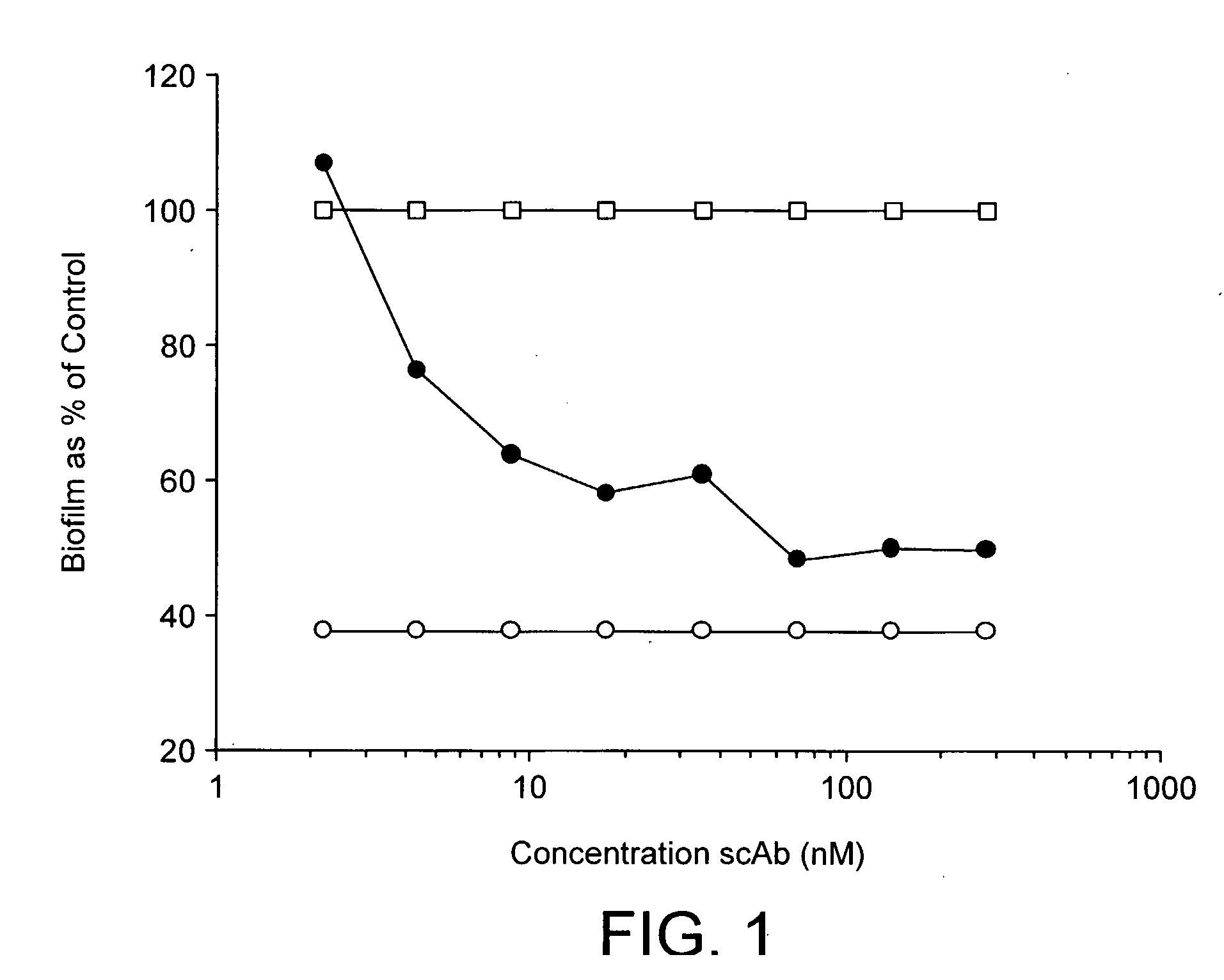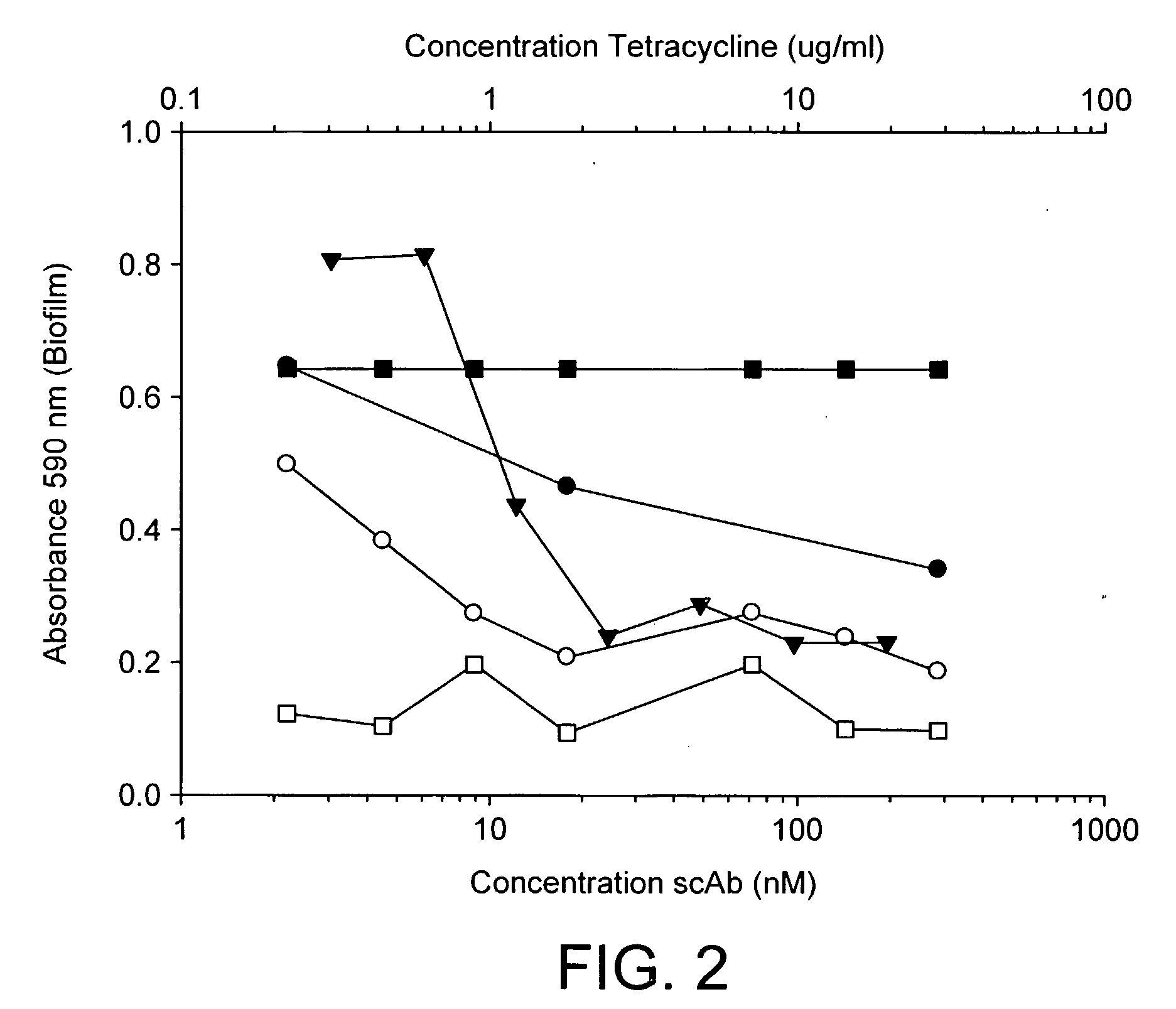Methods For Reducing Biofilm Formation In Infectious Bacteria
a technology for infectious bacteria and biofilms, applied in the field of controlling and treating bacterial infections, can solve the problems of pathogens that are difficult, if not impossible to treat, and the colonisation of cystic fibrosis patients by mucoid strains of ps. aeruginosa is common in the lower respiratory tract, and achieves the effects of increasing the susceptibility of pathogens, and reducing the number of pathogenic bacteria
- Summary
- Abstract
- Description
- Claims
- Application Information
AI Technical Summary
Benefits of technology
Problems solved by technology
Method used
Image
Examples
example 2
Establishing a Link Between Quorum Sensing and Chemotaxis
[0087]An assay was carried out to determine whether or not Ps. aeruginosa is able not only to respond to the presence of AHL cell-signalling molecules by altering it's phenotype, but is also able to actively seek out fellow bacteria by directional detection of AHL molecules and movement towards the source.
[0088]Four wells were cut into LB agar plates near the edge of the plates, and 900 from each other radially using a core-borer. One hundred microlitres of HHL (hexanoyl homoserine lactone) at various concentrations was applied to each of three of the wells. PBS was added to the fourth as a control. Twenty microlitres of a 1% inoculum of an overnight culture of Ps. aeruginosa PA14 was spotted into the centre of the plates, equi-distant from each of the wells, and the plates incubated overnight at 37° C.
[0089]In addition to the central spot where the bacteria were applied to the plate, a number of colonies were observed at vari...
PUM
| Property | Measurement | Unit |
|---|---|---|
| particle size | aaaaa | aaaaa |
| incubation time | aaaaa | aaaaa |
| time | aaaaa | aaaaa |
Abstract
Description
Claims
Application Information
 Login to View More
Login to View More - R&D
- Intellectual Property
- Life Sciences
- Materials
- Tech Scout
- Unparalleled Data Quality
- Higher Quality Content
- 60% Fewer Hallucinations
Browse by: Latest US Patents, China's latest patents, Technical Efficacy Thesaurus, Application Domain, Technology Topic, Popular Technical Reports.
© 2025 PatSnap. All rights reserved.Legal|Privacy policy|Modern Slavery Act Transparency Statement|Sitemap|About US| Contact US: help@patsnap.com



